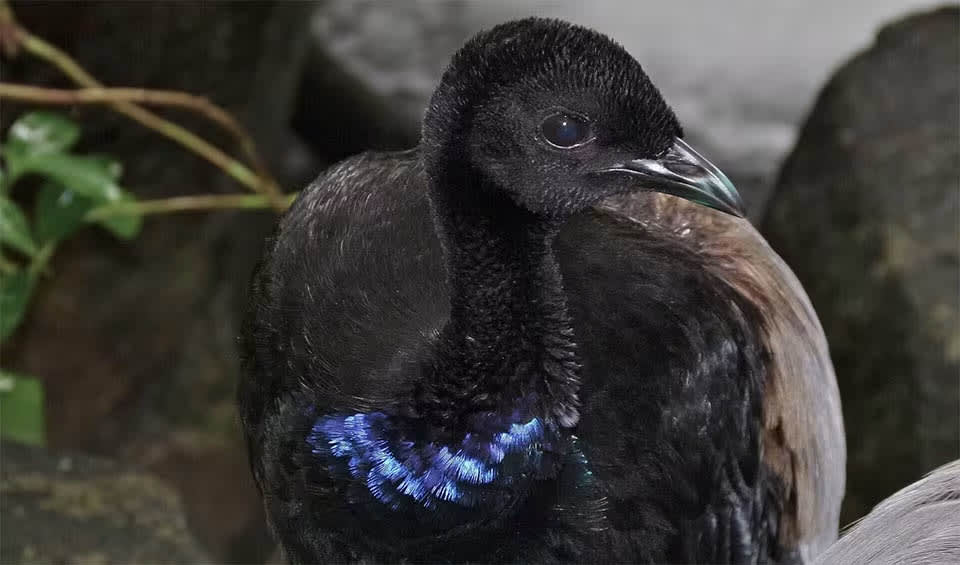Psophia – Trumpeters
They rely on monkeys to drop some fruits on the forest floor as they are not adapted to fly high
Trumpeters are native to the rainforests of South America, particularly the Amazon basin. These birds are characterized by their distinctive morphology, which includes large humped backs, plump bodies, and long legs that are well-adapted for their mostly terrestrial lifestyle.
Trumpeters can be recognized by their short bills, which are used to forage for food on the forest floor. Their toes are also long, aiding them in navigating the complex understory of the rainforest. Although capable of flight, trumpeters prefer to spend most of their time on the ground, where they walk or run with agility. They are often found in proximity to water bodies and areas abundant with fruit trees, which are essential components of their habitat.
The diet of trumpeters primarily consists of fruits, seeds, and small animals, such as insects and invertebrates. Occasionally, they may also consume small vertebrates, making them opportunistic feeders. Their foraging behavior is often a social activity, with groups of birds feeding together on the forest floor.
The three species within the Psophia genus—the Grey-winged Trumpeter (Psophia crepitans), Pale-winged Trumpeter (Psophia leucoptera), and Dark-winged Trumpeter (Psophia viridis)—each have unique vocalizations that serve as danger alarms or territorial calls. These calls can be quite loud and are used to communicate within the dense habitat they occupy.
Trumpeters exhibit complex social behaviors and are known for their communal lifestyle. They often forage, preen, and even engage in playful mock fights as a group. These social interactions are believed to strengthen bonds within the flock and help maintain the cohesion necessary for survival in the rainforest.
When it comes to defending their territory, trumpeters can be quite aggressive. They are territorial birds, and groups will defend their home range vigorously against intruders. This defensive behavior is crucial for protecting their food resources and nesting areas.
Breeding in trumpeters involves cooperative behavior, with several birds in a group assisting with rearing the young—a behavior known as cooperative breeding. Nests are typically built on the ground, and several adults will help feed and protect the chicks.
Species in this genus
Grey-winged trumpeter
Before you ask – no, this bird doesn’t sound like a trumpeter; however, they do have distinct call


